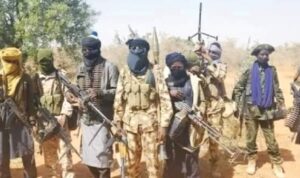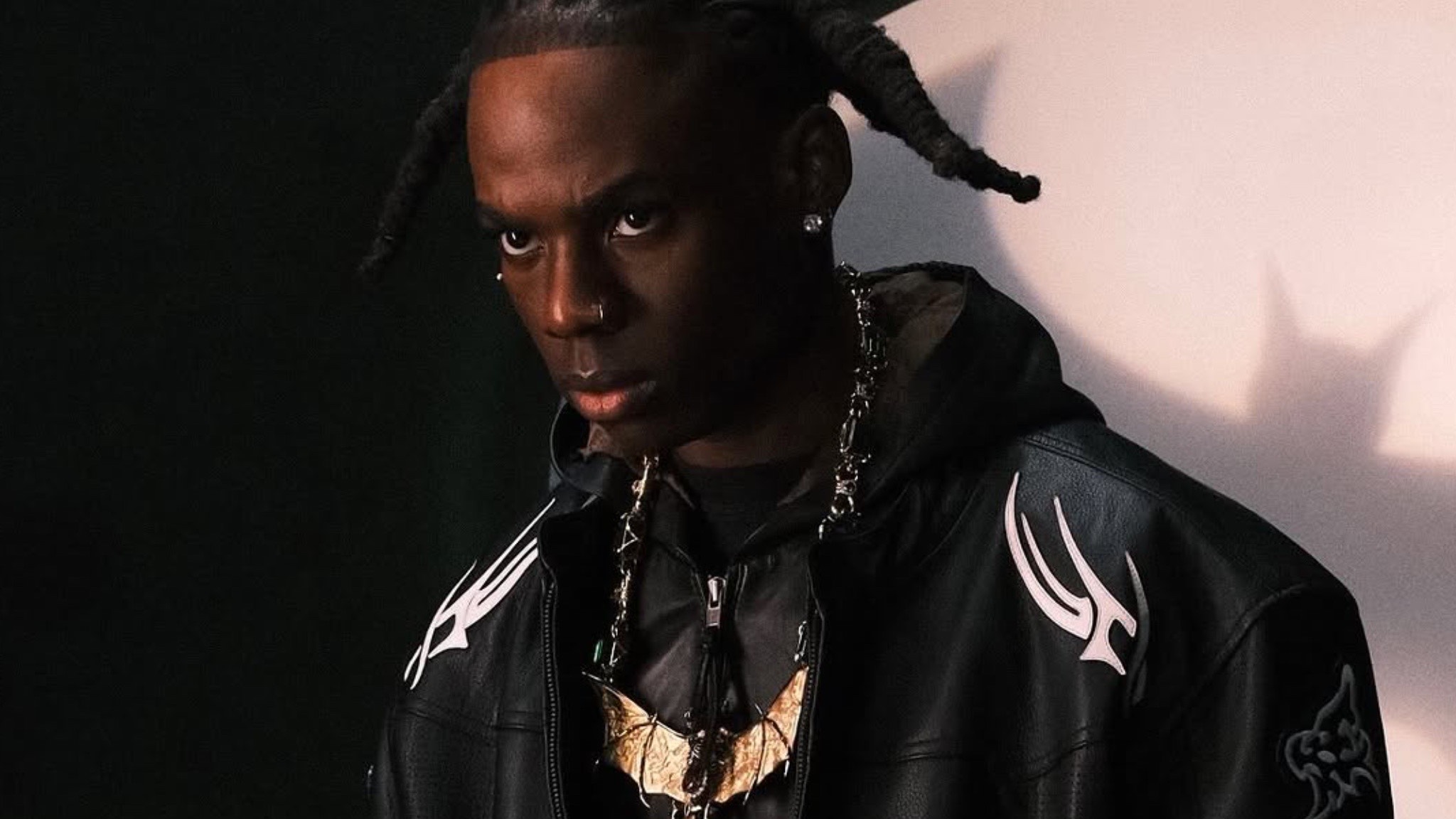The Hidden Rise of Lakurawa: How Terrorists Infiltrated Sokoto’s Heartland
The Hidden Rise of Lakurawa: How Terrorists Infiltrated Sokoto’s Heartland
By Musa Ubandawaki

Terrorist
Lakurawa, the new terrorist group recently highlighted by the Nigerian military, did not emerge overnight as many may assume. Its presence in the region dates back to 2018, when it began operating from Gongono Forest in the Tangaza Local Government Area of Sokoto State.
The story begins on December 16, 2018, when I was contacted by Ibrahim Bello, the then Director of the Department of State Services (DSS) in Sokoto, while I was visiting my village. He asked to meet with me for an important discussion. I immediately left with my family for Sokoto, arriving by early afternoon. Upon my arrival, Bello invited me to his office for a conversation.
During our meeting, he inquired whether I was aware of the presence of a terrorist group in Tangaza. I was not. He then shared alarming details about the group’s activities, which had been operating under the radar in the area. According to Bello, the government of Sokoto, led by then-Governor Aminu Tambuwal, had provided strong support to security agencies, including the DSS, Police, and the Army, to expel this group from the forest. These efforts included military operations that led to casualties among the terrorists and the burning of the forest to neutralize their hideout.
The group’s arrival in the region was initially linked to nomadic herdsmen from the area, who had invited them for protection against increasing bandit attacks. These herders had been regularly targeted by bandits who raided their cattle, leaving them vulnerable. However, the terrorists soon established control over the area, forming a strict Islamic colony and enforcing their radical beliefs.
The group, which was reportedly made up of jihadists from Mali and Algeria, banned activities such as smoking, drinking alcohol, and adultery. They also mandated strict Islamic dress codes for women, including the wearing of the hijab, and enforced zakat (charity) on the local Fulani herders. They even established a form of governance, exacting taxes from local communities.
Their strategic location in Gongono Forest, which lies near the borders of both Niger and Nigeria, provided them with an ideal base, given its proximity to Niger, Algeria, and Mali. This forest also served as an entry point for jihadist factions from these countries, particularly those connected to hardline Islamic groups.
The first major confrontation between the group and security forces occurred when the terrorists resisted a military operation aimed at removing them from the forest. During this clash, several of the extremists were killed, and security forces seized their jihadist flag—a symbol resembling that of Somalia’s Al-Shabaab group.
Despite the evidence of terrorism in the area, the Miyetti Allah Cattle Breeders Association, a prominent Fulani herder group, publicly defended the militants, claiming they were merely herders from Mali and that they posed no threat. This statement, issued despite the evidence of extortion and violent occupation, was a critical moment in downplaying the group’s true nature.
The forest area where the terrorists operated, which stretches across Tangaza and Gudu local governments, is surrounded by dense vegetation and borders both Niger and the conflict zones of Mali. It is here that the militants joined forces with local bandits, further complicating efforts to restore security. According to Sani Alhaji Yakubu, a member of the National Assembly representing the region, the two groups—Lakurawa and local bandits—have now allied, increasing the difficulty for security forces to secure the area. In a recent motion to the National Assembly, Yakubu called for more military deployment to confront the growing insurgency.
The first known victim of this group was the District Head of Balle, Magajin Garin Balle, who was beheaded after a conflict with the terrorists. This brutal act marked the beginning of their reign of terror in the region.
Last week, the Defence Headquarters issued a statement confirming the existence of Lakurawa as a terrorist group with strongholds in Sokoto and Kebbi states. According to Major-General Edward Buba, the group is linked to the Islamic State (ISIS) and is now actively involved in violent activities across the region. The military has vowed to eliminate the group, now that their positions are known.
The emergence of Lakurawa is a stark reminder of the growing threat of jihadist groups in the region, and the struggle to contain them is far from over. Despite years of warnings, the local population only raised the alarm when these groups began their violent campaigns, leading to the current crisis.
TRENDING SONGS
 Heartbreak in Ikeja: Lady Weeps After Fufu Found in New Phone Package
Heartbreak in Ikeja: Lady Weeps After Fufu Found in New Phone Package
 Twist of Fate: Man Who Questioned Phyna’s ₦1Billion Demand Mourns Brother in Dangote Truck Crash
Twist of Fate: Man Who Questioned Phyna’s ₦1Billion Demand Mourns Brother in Dangote Truck Crash
 Tragedy in Enugu: Dangote Truck Claims Lives of Family of Five
Tragedy in Enugu: Dangote Truck Claims Lives of Family of Five
 Bangkok Crackdown: Nigerian-Thai Couple in Police Net Over Drug Trafficking
Bangkok Crackdown: Nigerian-Thai Couple in Police Net Over Drug Trafficking
 Family Rift: Reno Omokri’s Ex-Wife Says He Deserted Their Special Needs Son
Family Rift: Reno Omokri’s Ex-Wife Says He Deserted Their Special Needs Son
 The Man Who Sent Money for Two Decades, Only to Return to an Empty Shell
The Man Who Sent Money for Two Decades, Only to Return to an Empty Shell
 See how a young lady was beaten in a village and naked for stealing a goat
See how a young lady was beaten in a village and naked for stealing a goat
 See How Man That Plans to Divorce His Wife, Gets Shocked When She Leaves Him First With Their 5 Kids
See How Man That Plans to Divorce His Wife, Gets Shocked When She Leaves Him First With Their 5 Kids
 Tragic Land Dispute: Man Kills Father in Imo, Pastor Arrested for Rape
Tragic Land Dispute: Man Kills Father in Imo, Pastor Arrested for Rape
 Nigeria Grants Air Tanzania Passage for Direct Flights
Nigeria Grants Air Tanzania Passage for Direct Flights
Share this post with your friends on ![]()













